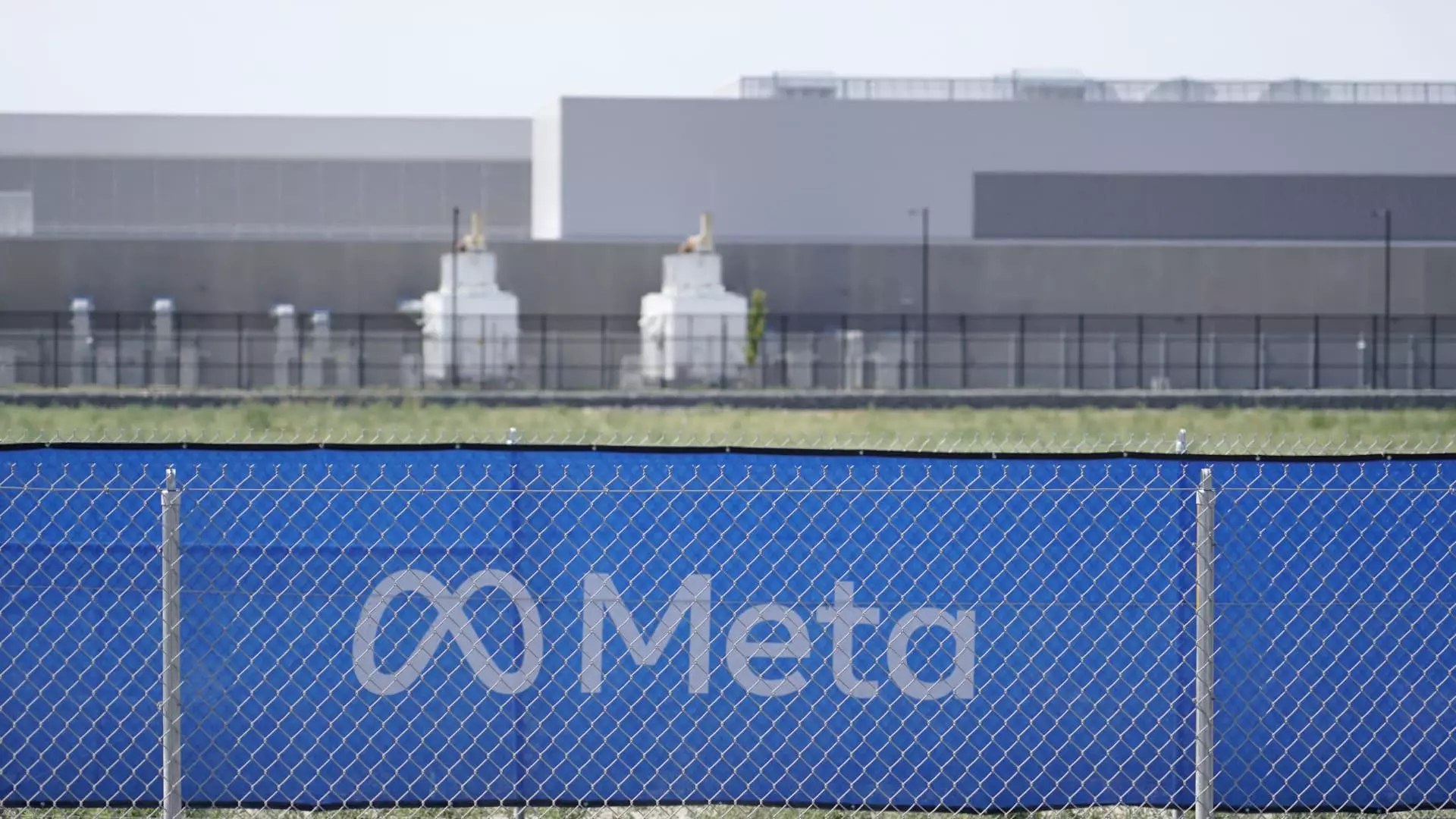In a significant turn of events, Arm Holdings saw its shares surge by 6% following revelations of its aggressive new strategy to develop proprietary chip technology. This bold move not only positions Arm as a competitor to its existing clientele but also marks a pivotal shift in its operational model. Notably, securing Meta as one of its initial customers heightens the stakes, given the latter’s substantial investment of approximately $65 billion aimed at bolstering its artificial intelligence infrastructure. The impact of this development reverberated throughout the market, reflecting the growing optimism surrounding Arm’s potential to capture a larger share of the AI chip market.
Arm has cultivated a distinctive reputation within the semiconductor industry, often referred to as the “Switzerland” of chip manufacturers due to its impartiality toward its clients. This neutrality has allowed Arm to flourish in a competitive space, servicing tech giants like Apple, Google, and Microsoft without playing favorites. However, the recent move to create its own chip could complicate this delicate balance. In addition to licensing its well-established instruction set and advanced core designs, Arm appears poised to step into more direct competition with those who have historically relied on its technologies. The question lingers: can Arm maintain its relationships with existing clients while venturing into this new territory?
Amidst this backdrop, Arm’s leadership is focused on harnessing opportunities presented by robust planned expenditures from major tech entities. With Google, Microsoft, and Meta projected to invest billions into enhancing their data center capabilities, Arm is leveraging this momentum to promote its advanced technology solutions. CEO Rene Haas underscored this approach during a recent earnings call, asserting that the demand for Arm’s cutting-edge chips remains undeterred, even as companies invest heavily in AI-related technologies.
Regulatory Challenges and Market Stability
The narrative surrounding Arm’s evolution is not without its complexities. The failed acquisition by Nvidia in 2020 for a staggering $40 billion, thwarted by regulatory concerns, underscored Arm’s vital role in the semiconductor ecosystem. Despite the setback, Arm has impressively rebounded, going public in 2023 and achieving a market capitalization exceeding $173 billion. The trajectory looks promising, with shares rising nearly 29% this year as investors recognize Arm’s potential as a key enabling force in the expanding AI sector.
Looking Ahead: The Stargate Initiative
Intriguingly, Arm’s involvement with the Stargate initiative, a colossal venture dedicated to constructing AI infrastructure with an estimated budget of $500 billion for OpenAI, positions the company at the forefront of technological advancement in the AI domain. This partnership not only amplifies Arm’s market relevance but also reinforces its commitment to innovation in a rapidly evolving industry landscape.
Arm Holdings is on the cusp of a transformative phase, balancing its dual role as a reliable supplier to tech magnates while simultaneously branching out into competitive ventures. As the AI landscape burgeons, the trajectory of Arm’s evolution will undoubtedly captivate industry observers and stakeholders alike.


Leave a Reply
You must be logged in to post a comment.